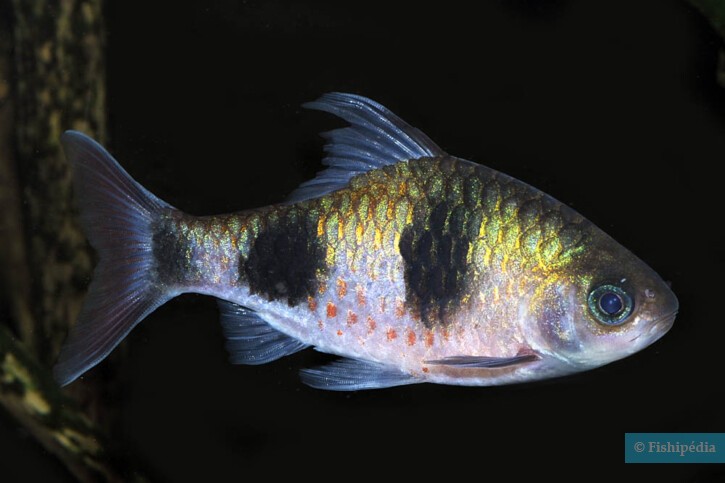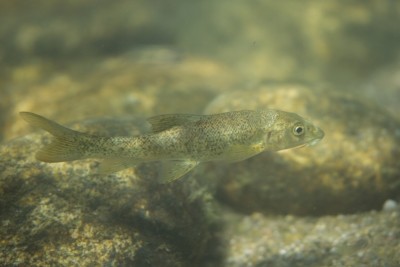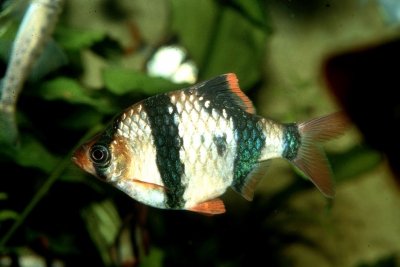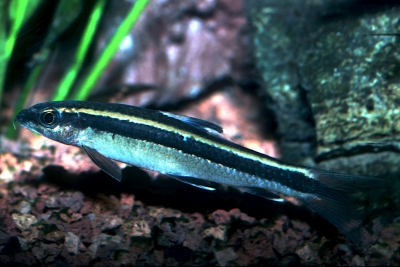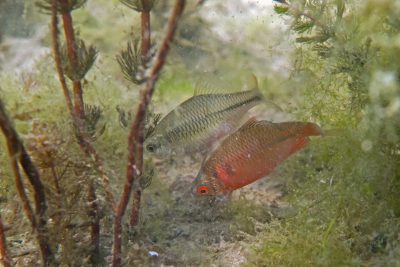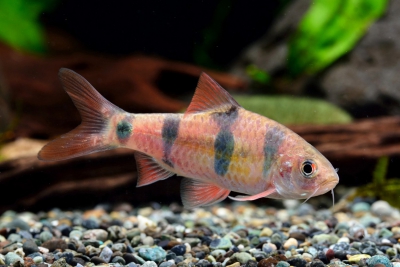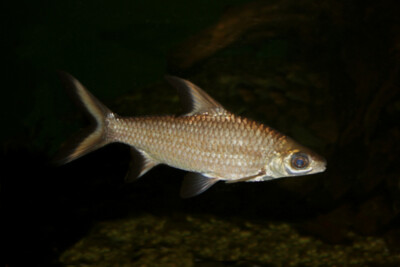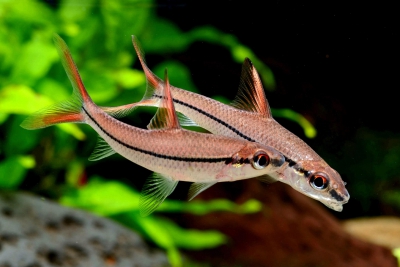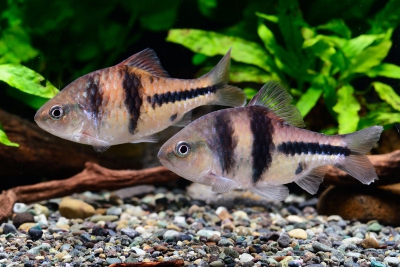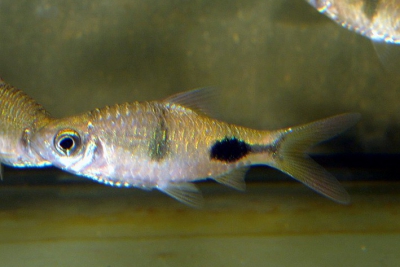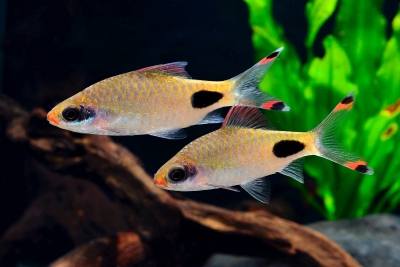aruli barb
| Scientific name | Dawkinsia arulius |
|---|---|
| Descriptor | Jerdon |
| Year of description | 1849 |
| IUCN category (World) | EN |
| Family | Cyprinidae |
| Genus | Dawkinsia |
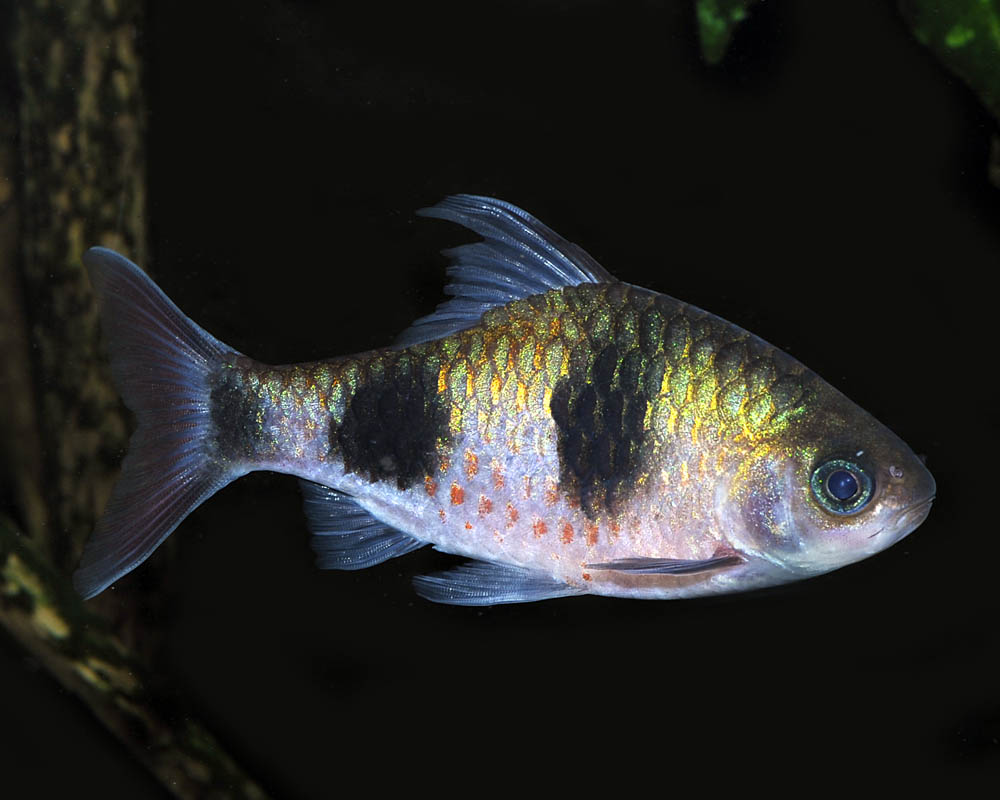

Introduction
Dawkinsia arulius, commonly known as aruli barb, is a fresh water fish from the Asia.
This sheet is currently being prepared. The texts currently proposed come from our data model or are being drafted. To request priority for this content, you can write to us HERE.
Who is it?
Morphology
-
Average size10 cm
-
Maximum size12 cm
-
Longevity8 year
-
Patternvertical stripes
-
Average size10 cm
-
Maximum size12 cm
-
Longevity8 year
-
Patternvertical stripes
How to recognize This fish ?
The aruli barb measures between 10 and 12 cm. This fish is tricolore with a predominantly jaune, orange and noir body. The also has noir vertical stripes.
Behaviour & Life cycle
-
dietomnivorous
-
Sociabilityliving in small groups
-
territorialNo
-
Way of livingdiurnal
The aruli barb is a fish living in small groups naturally found at mid-depth. The members of each group are organized around a well established hierarchy. This species is omnivorous .
Although the aruli barb is non-territorial, it is sometimes aggressive towards other species.
Reproduction
-
Reproductionovipare qui pond en eau libre
The aruli barb is a fish ovipare qui pond en eau libre.
Harmless species
This species does not represent any particular threats to humans when encountered in its natural environment.
Origin and distribution
What is its habitat?
Natural environment characteristics
-
Temperature19 - 25 °C
-
pH (acidity)6 - 6.5
-
FlowMedium and Slow
Biotope presentation
The aruli barb is most often found at a depth between 0m and 5m. However, it is not impossible to find this species at other depths.
This species lives near large roots, in which it can find refuge in case of danger. This type of habitat is often found not far from the banks.
Fishkeeping
Not recommended
We do not recommend keeping this species in an aquarium. It has unpredictable needs which, if not met, generate significant stress, potentially leading to a shorter life expectancy, an interruption of its growth or the development of pathogens.
To go further
Sources & Contributions
Participation & Validation
The Fishipedia team and specialist contributors are committed to providing high-quality content. However, although the information comes from scientific sources or testimonials from specialists, the cards may contain inaccuracies.

Adrien Falzon

Benoit Chartrer
Translation
Translation done with the valuable contribution of our translators, who make this information available to a wider audience. We sincerely thank them for their commitment.
Bibliographic references
DNA barcoding of endangered fish Dawkinsia tambraparniei for species identification - Vijay Velu - Ramesh Uthandakalaipandian - International Journal of Zoology Studies - 2017.
Three new species of filament barbs of the genus Dawkinsia (Teleostei: Cyprinidae) from the Western Ghats of India - Unmesh Katwate - J.D. Marcus Knight - V.K. Anoop - Rajeev Raghavan - Neelesh Dahanukar - Vertebrate Zoology - 2020.
Freshwater fishes of Cauvery Wildlife Sanctuary, Western Ghats of Karnataka, India - Rajeev Raghavan - Naren Sreenivasan - Neethi Mahesh - Journal of Threatened Taxa - 2021.
Uncovering an Obscure Trade: Threatened Freshwater Fishes and the Aquarium Pet Markets - Rajeev Raghavan - Neelesh Dahanukar - M. Tlusty - A. Rhyne - K. Krishnakumar - S. Molur - A.M. Rosser - Biological Conservation - 2013.
Scientific partners
Species of the same family
Same genus
